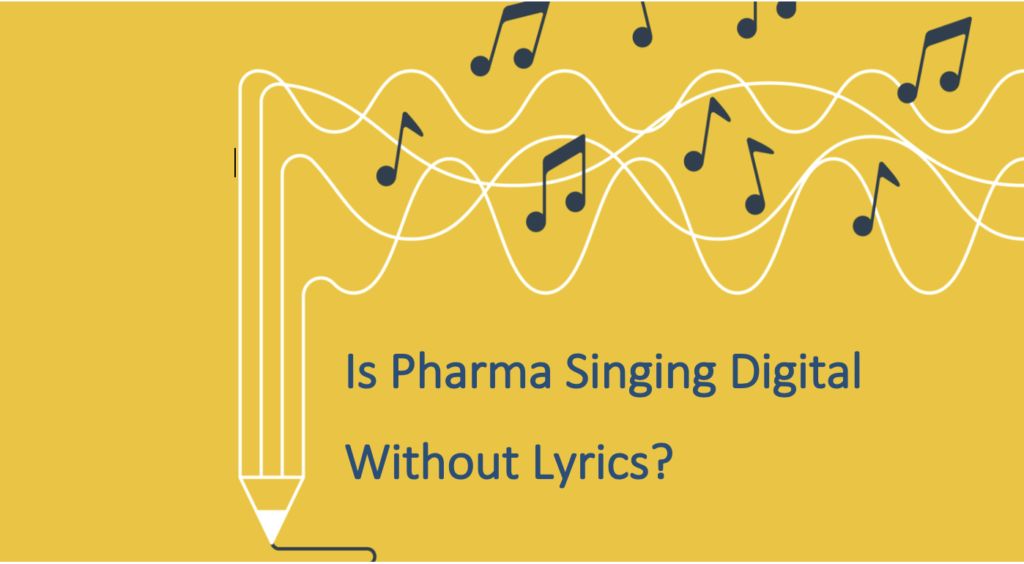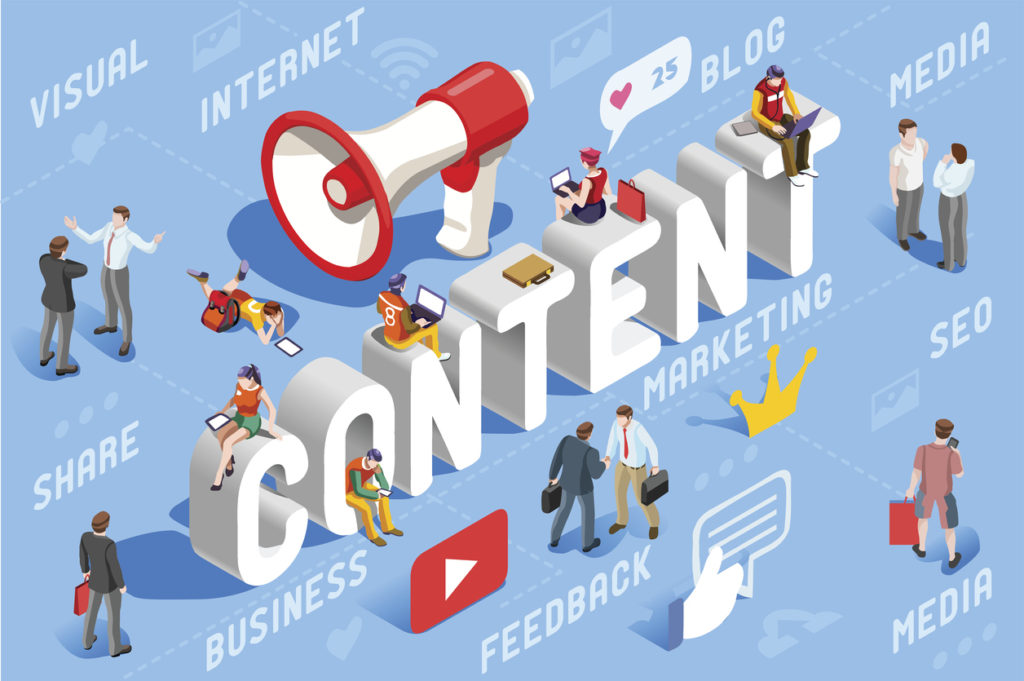
A large part of the pharma houses continues to believe in-More Feet on The Street Strategy rather than multiple touchpoints across healthcare stakeholders through digital platforms. Though many of them purchased the digital trumpets and drum sets (iPad, enabled detailing, and CRM) mostly were played as solo performers until COVID-19 arrived as Yanni of Healthcare.
As COVID -19 song topped the music charts other non-allied industries also started playing the healthcare record. (Google entering healthcare through strong AI-enabled driven analytics, Amazon using its Digital Aggregator platform to bridge the current supply chain gaps and wearable devices like Apple or similar companies creating their niche in predicting future health events).
One might say that the Pharma business is undergoing a perfect storm: a concurrent transformation on multiple, unrelated areas changing the whole product lifecycle from early drug development to manufacturing and patient care. Pharma companies are facing immense challenges on one hand they are struggling to improve patient outcomes at the other end intensifying competition and pricing pressures. The next generation of pharma products already available that varies from patient-specific biomedicines to medical devices with the capability to provide patients real-time information about their condition and collect patient data for care analytics to improve the treatment.
Despite pharma having required domain expertise, its associated malaise and inertia of embedding courageously digital innovations in their core strategy drove down them to the league of laggards. Many of these digital adoption challenges are not technological alone but more Organizational, Cultural & Regulatory. Organizational silos, lack of authenticity, and enough digital data, and regulatory risks are the top three reasons for limited digital adoption.
That brings to thought – Is Pharma Singing Digital without Lyrics?
The digitization and ease of access to information have weakened the control pharma companies have on information. There is a lot of information available online – In today’s digital world, prospective patients are now active partners in their medical journey. This shift from patients to consumers is a great opportunity for the pharma industry to connect and engage with potential patients online while they are researching relevant information like the benefits of certain products
As the majority of patients and their care providers are active online and looking for solutions to their health problems, it is critical that every medical practitioner or health/pharmaceutical related company has a digital marketing strategy in place.
Having mugged up the patient journey and identified the leverages that can be aligned with brand strategy via digital touchpoints is the first string of tune that pharma has touched.

Source: CredoWeb Webinar; Vanity to Value Chain, Manish Bajaj
However, there are many music notes creating noise in this Digital Song.
Data Capturing / Authentication / Storing and Retrieving: Unlike other digital-savvy industries (e-Commerce and Likewise) where the data is sourced directly from the end-user (Customer), in Pharma it’s the Medical Rep that acts as the Gatekeeper / Bank Teller of the data. The variability of data collection by the individualized approach of MR creates the perfect chaos from the start. The digital instruments ( CRM / VEEVA Platforms) are more for creating noise than music. (meager checklist to get daily allowances).
Despite having the privileging of meeting face to face with the end customer (HCP) something which FMCG can only dream off, none of the pharma maintains the longitudinal and cross-functional dashboard of interaction. The same physician has been met for the last umpteen years by different company reps/managers and must have been engaged in various company programs by different teams (Medical / Marketing) yet no single dashboard of touchpoints is available within the company.
Only Sales Bells Makes the Loudest Music in Pharma
Also, the MR is not very comfortable in sharing the complete and correct insights of their territory- as they try to keep it very personal -a close guarded trade secret. The more insights and information the company has about its territory the more vulnerable they become. This insecurity breeds across the levels and departments. The front-loading of incentives on sales performance makes it more profound.
Now compare this with e-commerce (Amazon cart history) or banking, they can map your purchase pattern and preference to minute details of the time stamp. Based on this depth of information they can create personas and tag their next best offerings with reminders.
It is probably due to the overdependency of data from MR the Pharma is not been able to leverage the adoption and analytical power of digital tools. (AI-backed analytics). Also, there is NO single repository of the data for cross-functional teams. The most critical being the ease of access (single source of truth – transparency) which is accessible to all relevant stakeholders for decision making without compromising data governance and privacy (Personal and Patient Sensitive data)

Content: Pharma is one of the most heavily regulated industries where each message has to be screened and validated before it goes out. This reflects on outbound marketing practices but is even more complex for inbound ones such as content. Content created by pharma companies has to tick all the standard boxes like great structure, creative writing, effective calls to action, etc. Any piece of content has to deliver a good customer experience and be accessible through different devices. On top of that, pharma marketing content needs to be factual, precise, and informative so that it builds trust with the audience, giving them confidence in your brand. Also, unique to regulated markets is the fact that each piece of content, be that product pages, blog posts, explainer videos, or paid ads, has to go through a validation process to ensure that the message is fully in line with current regulations of that particular market. At times due to the time lag of regulatory approval, this becomes difficult to ensure consistency across geographies and countries. Also, since every product has side effects of different levels, the digital content in social media becomes a sitting duck for negative publicity.
Amongst the regulation, the newness and attractive pull in the me-too market is the biggest challenge. In Pre- Digital era this was the innovation center for MR to showcase his/her in clinic jugglery to best of amusement to his HCP.
More so in hybrid work culture, the control and push of the digital media content need to be decentralized. The MR should have full empowerment of pushing the digital content as per the digital persona/segmentation of his customer so as he can synchronize that with his physical visit. The time lag and power of control between the central dissemination by the marketing and physical connect is creating all the confusion and clutter in the minds of HCP.
Channel: With the restriction on the face to face meeting the webinar has become like a national anthem to be played every day in school assembly, many streaming live on FB/Twitter/YouTube handle and rejoicing and soon realizing that it is only the handful of singers of the stage that sing and audience just join with lip sync. Also, from a practice and compliance perspective, there is a need to be vigilant of keeping such interaction in a close loop to be accessed by HCP access. The leakage of Dr conversation in open social media to patients may challenge the current treatment of patients and may become a challenge to existing Dr- Patient Relationship thereafter. Imagine a Dr talking about the benefits of a Product A in a transmitted live on FB (Obviously supported by company manufacturing and marketing Product A) is accessed by a patient to who he had prescribed Product B. Such a situation has the potential to lead to medico-legal conflict.
Creating digital personas of the audience and linking them to the right channel and frequency is something pharma needs to adopt.
The third-party platform (Dr. Knowledge and E-Consult) have their challenges as they do not provide the complete information of end-users behavior (N=1) much needed for ROE (Return on Efforts) calculation. Moreover, they control the HCP traffic on their sites thus leaving both the HCP and company dependent and vulnerable for any analytics and insights, many times they are contradictory and suspectable to the risk of misuse. The practice trends and channel flow of information are easy to manipulate.
The sophisticated EMR platforms are only available at the big corporate hospital and are not easily accessible to Pharma. They are all independent, hence data portability, HIPPA compliance, and patient identity remain a challenge. Only once we have the digital health mission rolled put and accepted as a standard practice, they wouldn’t be of much utility to Pharma.
The E-Pharmacy are still struggling with govt regulations and are mostly catering to OTC medicine. The acceptance and modalities of E-Rx are yet to get established in India.
The digital footprints are difficult to erase. Any communication that goes via the digital channel is susceptible to competitors and under the hawk’s eye of compliance. That limits its utility to only provide general information and not much of business interest.
Pharm needs a good synthesizer to mix the right content/channel and customer before getting its digital album in the market. Till then keep enjoying the surround sound 😊
Pharma Disk Jokey
Amaninder

